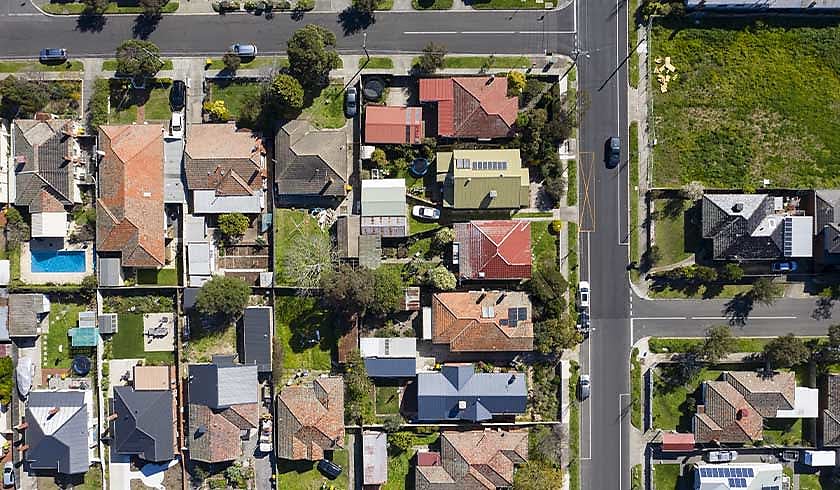Why subdivisions should be on the agenda if you own property in these 10 suburbs
Victoria has trumped the rest of the country as the state with the most suburbs with the greatest subdivision potential, boasting 80 per cent of the top 10.

New research from a subsidiary of the PropTech Group, Real Estate Investar, has identified Newcomb in Victoria as the Australian suburb with the most opportunities to subdivide, with 65 per cent of the three-bedroom houses in the Geelong suburb having been subdivision opportunities in the last year.
You’re out of free articles for this month
To continue reading the rest of this article, please log in.
Create free account to get unlimited news articles and more!
Following in second was the south-west Sydney suburb Ingleburn, where 62.5 per cent of three-bedroom house listings had subdivision potential in the last year, while Mount Waverley, on Melbourne’s outskirts, rounded out the podium with 61.5 per cent of three-bedroom listings offering subdivision chances.
Joe Hanna, managing director and chief executive officer at PropTech Group, explained that “subdivision is an increasingly attractive strategy in this market”.
“Subdividing can be an attractive option in any market, but it’s even more attractive in a down market,” he said, adding how “the benefits of subdividing are higher profits, equity, and cash flow”.
“You are taking a single real estate asset and dividing it into two or more smaller assets that together are worth more than you paid. Investors who subdivide can sell the subdivided land or build on the new lots.”
He detailed that an additional benefit of subdividing is “if one [property] goes untenanted for a while, the other can still provide cash flow”.
Rounding out the top 10 Australian suburbs with the greatest subdivision potential are Bentleigh East (Victoria), Frankston North (Victoria), Hornsby (NSW), Clayton (Victoria), Springvale (Victoria), Glen Waverley (Victoria), and Maryborough (Victoria).
Of this cohort, five possess a median house price of over $1 million, topped by the $1.5 million the average three-bedroom home in Hornsby can fetch, while the lowest is the $379,500 in 10th-placed Maryborough.
Median rates range from $320 a week — again in Maryborough, which also claims the largest yield of 4.38 per cent — to $650 per week in Hornsby.
Mr Hanna believes “the fact that properties with high subdivision opportunities are not more expensive shows us that there are still many opportunities for investors”.
“The purchase price isn’t higher and doesn’t reflect the value you can unlock by subdividing. That’s probably because of the work and uncertainty involved in the process,” he said.
“There is plenty of opportunities for investors willing to go this route.”
He did, however, warn that subdivision isn’t all smooth sailing, especially as if the project is undertaken poorly, there is potential that investors could “actually reduce the total value of your holdings by creating less attractive blocks”.
Other potential roadblocks on the subdivision path include “unexpected costs and delays”, such as “construction, tree removal, power, sewage, and water connections” as well as “seeking council approval [which] can also take longer than expected, particularly if neighbours object to your plans”.

